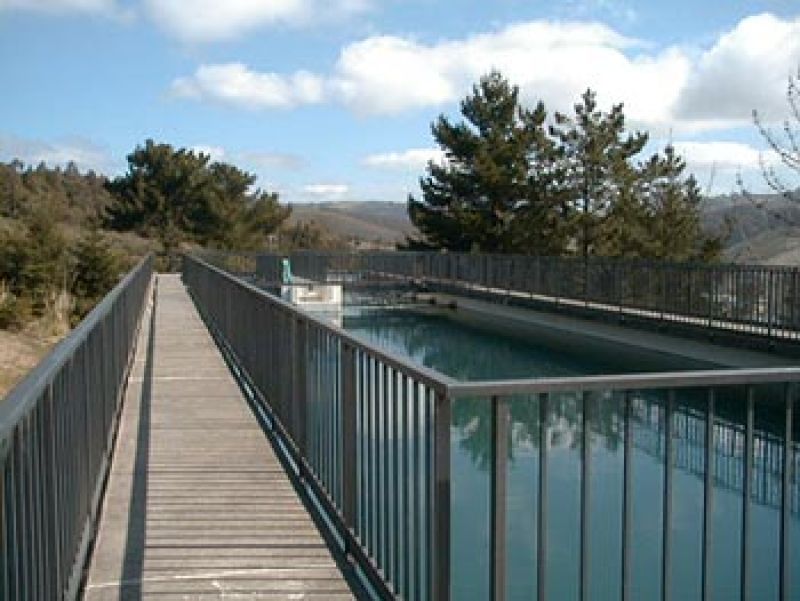Water Supply
Coastside County Water District (“District”) has five water supply sources: Pilarcitos Reservoir, Upper Crystal Springs Reservoir, Pilarcitos Creek Infiltration Wells, Denniston Creek and Groundwater in the Denniston Creek watershed. Pilarcitos Reservoir and Upper Crystal Springs Reservoir are owned and operated by the San Francisco Public Utilities Commission (“SFPUC”) and Pilarcitos Creek, Denniston Creek and Groundwater are owned and operated by the District. On average, since 1994 when Upper Crystal Springs Reservoir came on-line with the District’s Crystal Springs Project, the District purchases about 70 percent of its water supply from SFPUC and 30 percent is from local water sources. There is high variability year to year on how much water is purchased from SFPUC. The District makes every effort to maximize local water supply sources in normal to wet water years and relies on purchased water from SFPUC and demand management during dry years.
The District owns and operates 100 miles of transmission and distribution pipelines, two water treatment plants, multiple pump stations, and multiple water storage and equalization tanks. A unique feature of the District’s infrastructure is that Pilarcitos Reservoir is completely gravity fed to the Nunes WTP. Upper Crystal Springs needs to be pumped up to Cahill Ridge and from there to the Nunes WTP if is conveyed by gravity.

Nunes Water Treatment Plant
Water sourced from Pilarcitos Reservoir, Pilarcitos Creek and Upper Crystal Springs Reservoir is treated at the Nunes Water Treatment Plant (“Nunes WTP”). The Nunes WTP is a conventional surface water treatment plant and is sized to treat 4.5 million gallons per day. The Nunes WTP is sited on Carter Hill in Half Moon Bay.

Denniston Water Treatment Plant
Water sourced from Denniston Creek and groundwater wells in the Denniston Creek watershed is treated at the Denniston Water Treatment Plant (“Denniston WTP”) which is specialized to remove iron and manganese. The Denniston WTP is sized to treat 1.5 million gallons a day and is located in the Denniston Creek watershed.